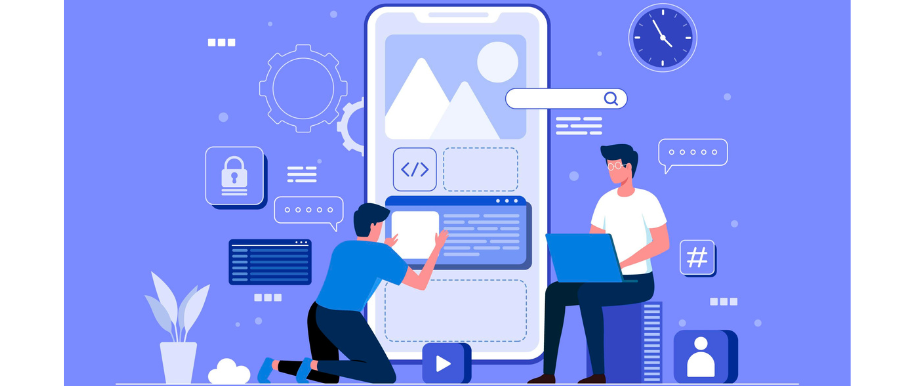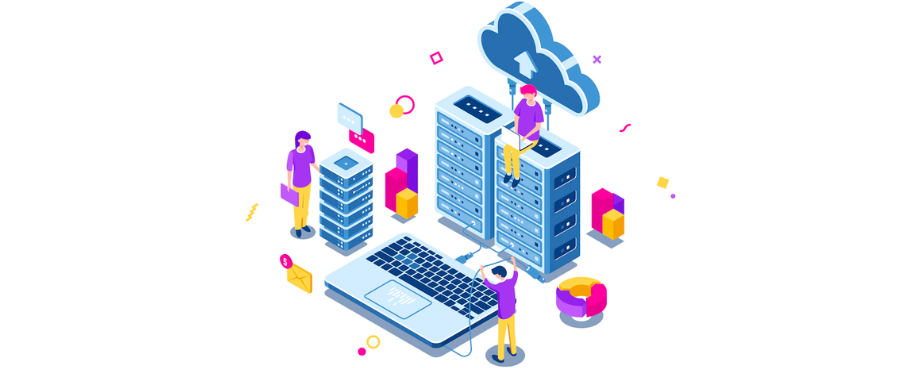The last couple of years saw a boom in digital transformation and virtualization of businesses with technology as a key driver of change. Investing in digital transformation was the key for businesses not just to stay afloat, but to boost productivity and embark on a sustainable technology journey. But will these trends continue into the new year?
Assessing the tech stack and technological prowess is critical for organizations to remain competitive in the market. Each year, we compile a list of top tech trends that show tremendous potential for the coming year, which helps businesses understand where they stand and where they need to steer. As we draw curtains on the year 2022, let’s have a look at some of the technologies that will make headlines in 2023:
Focus on Adaptive AI
Artificial Intelligence (AI) has matured over the years and considering its potential for disruption, it will continue to be a top tech trend in the coming years. Adaptive AI is a category of AI that updates its code in response to changes in the real world. It employs “reinforcement learning” and encourages flexibility and adaptation while assisting with process improvement. Adaptive AI is distinguished by its robustness, efficacy, and adaptability. It gathers data from the operational environment and uses it to provide forecasts based on occurrences and real-time market behavior.
Adaptive AI has the potential to be resilient and sustainable over time, and it is anticipated that adaptive AI will be widely deployed to address AI computing needs in 2023. Adaptive AI’s properties make it fundamentally stable in dynamic software environments, and it may play a pivotal part in their digital transformation across network operations, marketing, customer service, IoT, and security, as well as in enhancing the consumer experience across verticals.
The growth of Web 3
Web3 offers substantial opportunities and applications across a wide range of industries and appears to be a promising path forward in 2023. Blockchain is a crucial component of Web 3, and its development is expected to accelerate dramatically over the next year as businesses create more decentralized products and services. This might improve cybersecurity and assure the safety of valuable assets and data, as everything is presently stored in the cloud. However, if we decentralize data storage and encrypt it using blockchain, the data will not only be safer, but we will also have new ways to access and analyze it.
Web3 has gained popularity as the next big thing because the concept of decentralization has the ability to dramatically transform how internet-based businesses and the internet economy operate. Moreover, web3-based features such as DAOs, censorship resistance, and ownership via NFTs are continually expanding and are likely to alter the user experience, customer experience, e-commerce, and so forth.
Metaverse continues to become pivotal
McKinsey & Company predicts that by 2030, the metaverse will contribute $5 trillion to the global economy. And the direction of the metaverse over the next decade will be determined by the next few years. Due to advancements in augmented reality (AR) and virtual reality (VR) technology, the work environment of the metaverse in 2023 will include more immersive meeting settings where users can interact, collaborate, and co-create.
In 2023, we will also have access to advanced avatar technology, in which the appearance we display to other users in the metaverse may be identical to our own, and motion capture may allow our avatars to understand our body language and actions. In addition, as the Metaverse expands and develops, it is anticipated that it will have an increasing number of applications, such as retail, education, and recreation, and will play a significant role in the growth of the digital era.
Creating “Super Apps”
Super apps are more than just service-aggregating applications; they provide end users with a combination of the essential services, features, and functions of various mobile apps, such as lifestyle, financial, and so on, into a single app. A super app is developed as a platform to provide users with a mini-apps ecosystem for consistent and individualized app experiences. Gartner predicts that by 2027, more than half of the world’s population will be daily active users of multiple super apps. Additionally, enterprise mobile and desktop applications such as workflow, collaboration, and messaging platforms will be incorporated into the super app paradigm.
Internet of Things (IoT)
The Internet of Things (IoT) is one of the most essential technologies of the present day, supporting nearly all commercial and technologically-assisted domestic chores. In addition, connected devices are essential for the creation of digital twins, the development of the metaverse, the improvement of the performance of intelligent machines, and the fulfillment of the need for a hyper-connected world. The Internet of Things (IoT) is a technology that is constantly expanding, and the following IoT-based technologies are projected to be in high demand in 2023:
WiFi 6E
In technical words, Wi-Fi 6E improves the efficiency features of Wi-Fi 6 and delivers an uninterrupted 6Hz spectrum with low latency, high performance, increased security, large network capacity, and more. WiFi 6E will become more prevalent in 2023 because it enables businesses to make better use of their existing technology stack. WiFi 6E’s other notable benefits include high-speed 4K and 8K video streaming, high-definition video conferencing and surveillance, and enhanced Augmented Reality (AR) and Virtual Reality (VR) experiences, making it a crucial solution for enterprises who provide these services. Several industries have begun utilizing WiFi 6E, including manufacturing for fueling Industrial IoT, healthcare for enabling remote care via wireless sensors and devices, and education for providing students with immersive learning experiences.
Internet of Behavior (IoB)
Internet of Behavior (IoB) is a concept that combines data analysis, behavioral analysis, technology, and human psychology. The system is capable of predicting human behavior, gaining insights from accessible data, and even influencing human behavior depending on the behaviors and interests of individuals acquired through their contacts. By curating content precisely for a person based on their interests and actions, organizations seeking to sell products or services can affect user behavior. IoB’s primary benefit is the provision of customized services. IoB will be in great demand as e-commerce and online service applications increase.
While there are many new technology advancements and strategies to watch out for in the coming year, these remain the most crucial for businesses to navigate their digitization strategies. Vatsa Solutions is a technology enabler that has helped multiple companies to become software-driven. Talk to us today to learn how we can help you with your digitization needs in the coming year.










